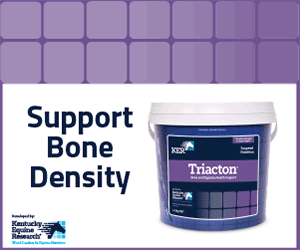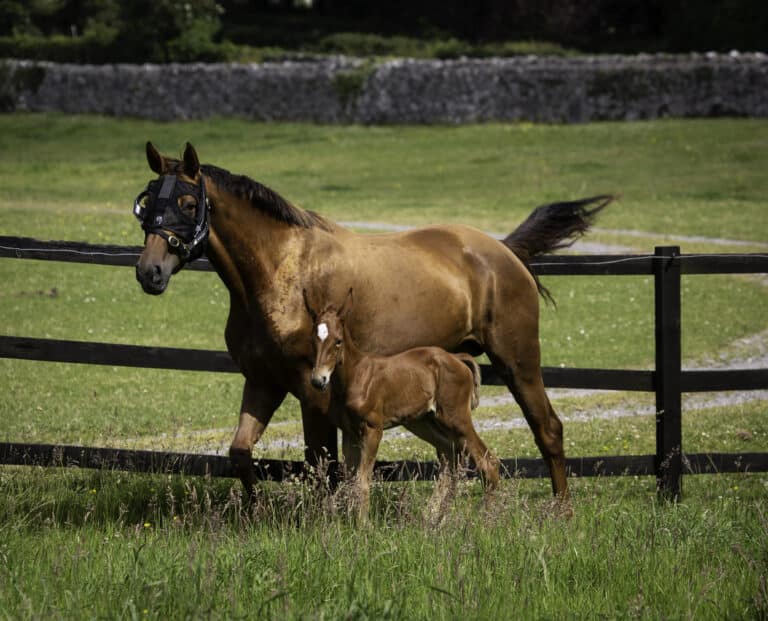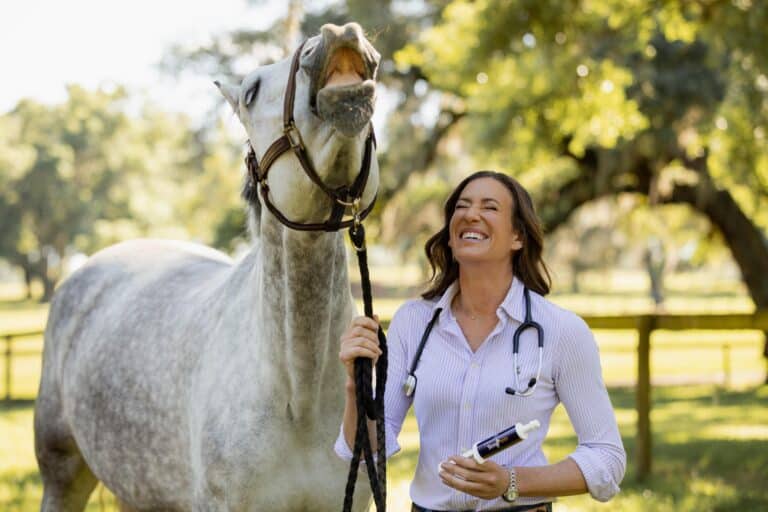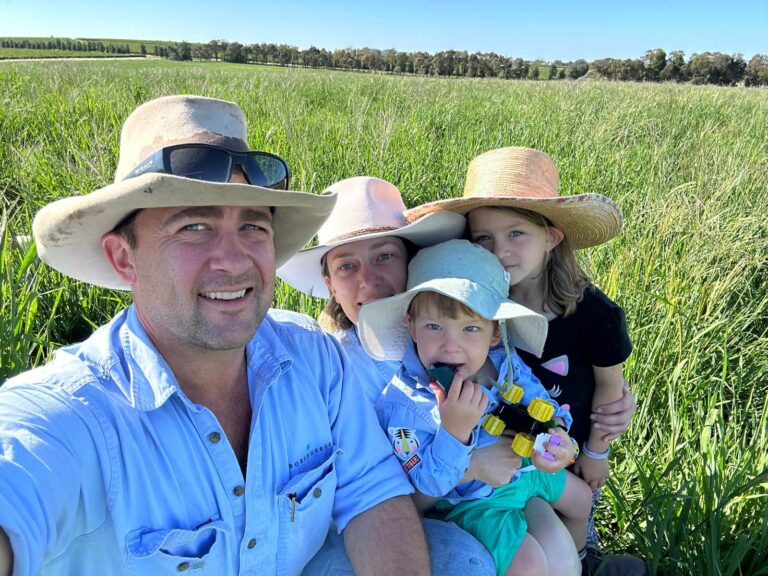This article has appeared previously with Equestrian Life. To see what’s in our latest issue, click here.
Diagram 1.
Equine Physiotherapy
Understanding the Sacroiliac Joint
By Kate Sagar B.Appl.Sci. (Physiotherapy) Anim.St (Animal Physiotherapy)
ANATOMY – The Sacroiliac joint attaches the pelvis to the vertebral column or spine as it is known in the human. The horse’s spine runs through the top of the pelvis, where five of the vertebrae are fused together to form the sacrum. This wedge of bone is attached to the pelvis at the sacroiliac joint. The joint has two flattish surfaces held together by three strong ligaments. It is similar in many ways to other joints in that it has joint cartilage and fluid. – Diagram 1 (above) and 2 (below).

Diagram 2.
FUNCTION – The Sacroiliac joint functions to transfer the stresses of the hind limbs as they push off the ground, through to the spine and body and to support the weight of the horse’s torso.
MECHANICS – The Sacroiliac joint has a limited amount of movement, only one to two degrees and this is dependent on the relative position of the horse’s pelvis. When the pelvis is tucked under there is more movement at the joint compared to when it is a neutral position where it is quite rigid.
INJURIES – Two main injuries occur at the Sacroiliac joint: sprains and arthritis. SPRAINS – As with any joint, it is possible to sprain or over-stretch the joint and its supporting ligaments. When a ligament is stretched past its potential length some degree of tearing will occur. In the case of the Sacroiliac joint this is usually only tiny micro tears, the joint has never been known to rupture or dislocate.
These tears are initially inflamed and painful taking from one to six weeks to heal. ARTHRITIS – Degenerative changes are common in the Sacroiliac joint, both following an injury and in the aged horse with no history of Sacroiliac injury. Arthritic changes will occur in a joint if abnormal stress is paced on it. If the stresses placed on a joint are greater than the cartilage’s ability to withstand stress then damage will occur. If this process continues the joint begins to break down.
PELVIC ROTATION – Sacroiliac injuries are characterised by visual asymmetry or rotation of the pelvis. When you observe the horse from behind, one side of the pelvis will appear higher or lower than the other. The muscles on the affected side will usually be wasted or less developed which makes the pelvic asymmetry look worse. Remembering that very little movement is possible at the Sacroiliac joint, how then can an obvious visual asymmetry or rotation occur? It must be occurring at other areas closely linked to the pelvis. The thoracic spine (or area under the saddle), is where most of the rotation in the spine occurs and therefore could be responsible for twisting and tipping the pelvis. The hip joints may also allow the pelvis to rotate or tip one way. This rotation is sustained or held in place by the powerful pull of the large back and pelvic muscles. It occurs in an attempt to alleviate pain following the initial injury. – Diagram 3 (below).

Diagram 3.
THE INJURY CYCLE – Initial Sprain or over stretch injury Pain and inflammation
• Powerful muscle spasm to protect or guard the joint during this painful stage
• Pain and inflammation resolve
• Powerful muscle spasm remains holding the joint in an abnormal position
• Increased stress through the joint, because it is rotated or sitting in an abnormal plane
• Arthritic changes set in
• Another bout of pain and inflammation occur due to the arthritis and the cycle REPEATS.
Each time the cycle repeats the muscles get tighter, further affecting the function of the sacroiliac joint, pelvis and spine. In summary, the initial sprain leads to a pelvic rotation, which leads to a loss of function. The horse then has to compensate for this rotation at the pelvis, placing abnormal stresses on a whole new set of joints and causing further problems.
MANAGEMENT and TREATMENT – If owners understood this whole cycle and could pick the initial sprain injury sacroiliac dysfunction would not be a major problem. However this is not the case. Even if we understand the injury cycle it is often difficult to identify the initial sprain. It may be that the injury is more of a repetitive sprain, leading to lots of subtle pain cycles rather than one traumatic event.
The injury is difficult to pick due to the absence of lameness and the vague and intermittent signs displayed by the horse. The most common signs are loss of performance, loss of propulsion, difficulty with canter, visual asymmetry of the pelvis and refusing to jump.
Most of these signs stem from the horse trying not to tuck its pelvis under, as this places the joint in a more mobile or less stable position and in fact this is thought to be how the sprain occurs. For example landing after a jump where the hind limbs come right under the horse, there only has to be a slight slip and one side of the pelvis will get shunted further forward, over-stretching the sacroiliac joint.
If we are clever enough to identify the injury, then treatment consists of rest for one week while the pain and inflammation subsides, followed by physiotherapy to release the tight muscle spasm and correct any rotation that is occurring. Work resumes avoiding the positions of instability, for example, canter, jumping and high collection postures. Follow up physiotherapy is beneficial to maintain normal mechanics at the pelvis.
In the case of an old Sacroiliac injury, which may have been there for years, the treatment is obviously more difficult. In these cases there is chronic tightness, weakness and altered mechanics all the way up the spine. Treatment consists of releasing the tight muscles, correcting the rotation and mobilising all the way up the spine. As the horse begins to work the right muscles and stops compensating it will gradually strengthen these weak tight muscles. As the horse has guarded the sacroiliac area for so long, it can also become stiff, in which case treatment will be aimed at restoring normal ranges of movement. If arthritic changes have occurred, a course of Pentosan may be beneficial. If the changes are severe the horse will not respond to physiotherapy treatment. These cases are usually characterised by lameness and severe muscle wastage of the rump and are usually identifiable early in the intervention process.
This article has appeared previously with Equestrian Life. To see what’s in our latest issue, click here.
READ THE LATEST NEWS ARTICLES HERE







